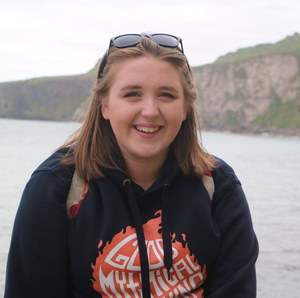9308346
Plate Tectonic Theory: Quiz
Description
Quiz by Antonia Blankenberg, updated more than 1 year ago
More
Less

|
Created by Antonia Blankenberg
over 8 years ago
|
|
Resource summary
Question 1
Question
Who proposed Plate Tectonic Theory in 1915?
Answer
-
Alfred Wegener
-
Richard Burton
-
Ned Kelly
-
David Harvey
Question 2
Question
The theory states that the lithosphere is split into [blank_start]plates[blank_end] which float on the mantle and core of the Earth.
Answer
-
plates
Question 3
Question
The crust is thick compared to the mantle and core.
Answer
- True
- False
Question 4
Question
The core causes the temperature of the mantle to [blank_start]go up[blank_end]. This causes [blank_start]convection currents[blank_end], which cause hot magma to [blank_start]rise[blank_end] and cool magma to [blank_start]sink[blank_end] in the mantle. The convection of the magma in these currents drags the plates in the crust in the [blank_start]same[blank_end] direction as the current through the processes of [blank_start]ridge[blank_end] push and [blank_start]slab[blank_end] pull.
Answer
-
go up
-
go down
-
convection currents
-
sea floor spreading
-
continental drift
-
rise
-
sink
-
same
-
opposite
-
ridge
-
rock
-
slab
-
crust
Question 5
Question
The core of the Earth is approximately 6000 degrees Celsius.
Answer
- True
- False
Question 6
Question
How many types of plate are there?
Answer
-
1
-
2
-
3
-
4
Question 7
Question
Continental Plates are much heavier than oceanic plates.
Answer
- True
- False
Question 8
Question
Oceanic crust is composed mostly of [blank_start]basalt[blank_end], has a thickness of approximately [blank_start]5-10km[blank_end] and is [blank_start]younger than[blank_end] continental crust.
Answer
-
basalt
-
limestone
-
granite
-
sandstone
-
5-10km
-
10-20km
-
1-5km
-
20-200km
-
younger than
-
older than
-
the same age as
Question 9
Question
When a continental and oceanic plate collide, which is subducted?
Answer
-
Continental plate
-
Oceanic plate
-
Neither
Question 10
Question
Continental crust is composed mostly of [blank_start]granite[blank_end], has a thickness of approximately [blank_start]20-200km[blank_end] and is [blank_start]older than[blank_end] oceanic crust.
Answer
-
granite
-
basalt
-
slate
-
sandstone
-
20-200km
-
10-20km
-
1-5km
-
5-10km
-
older than
-
younger than
-
the same age as
Want to create your own Quizzes for free with GoConqr? Learn more.
